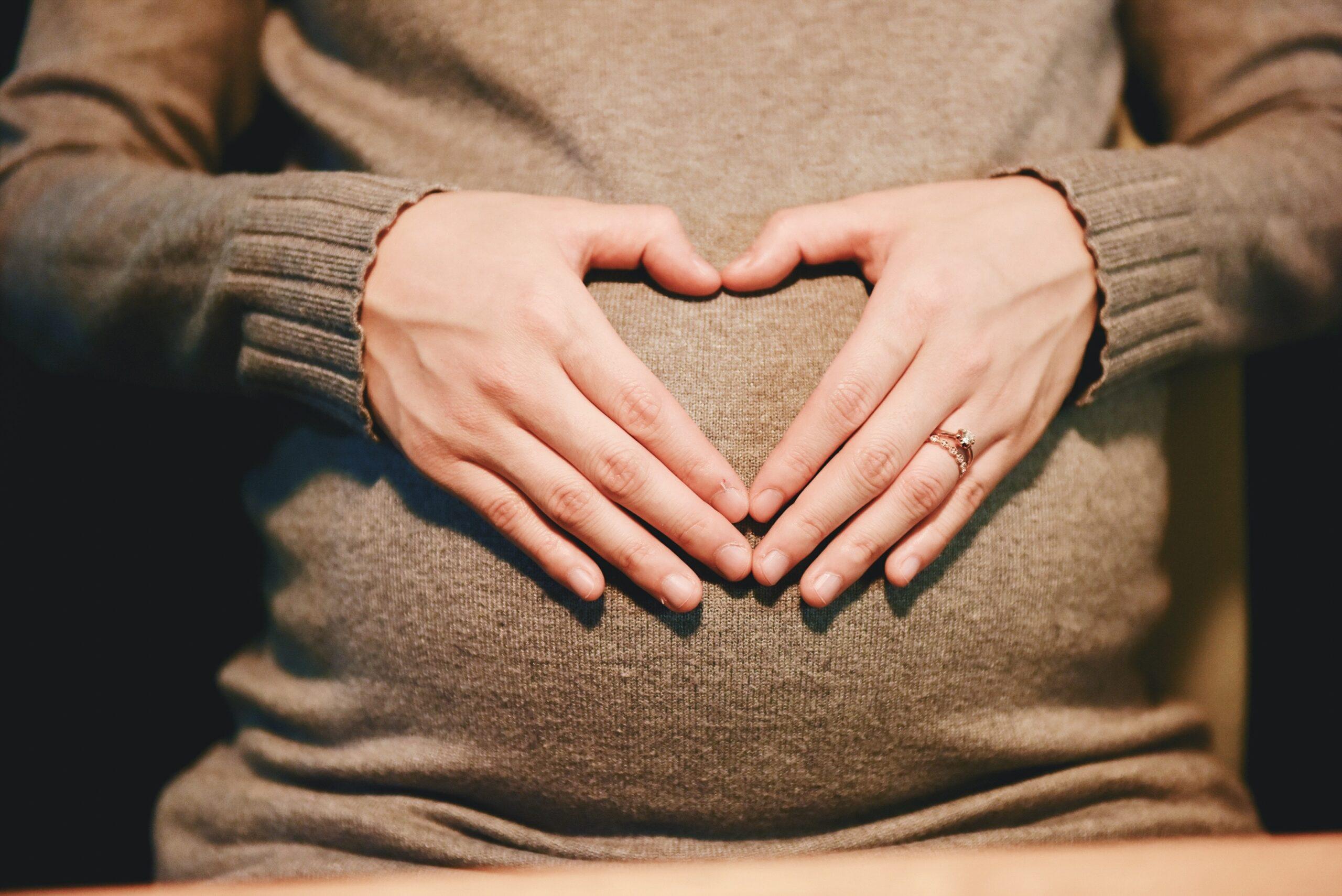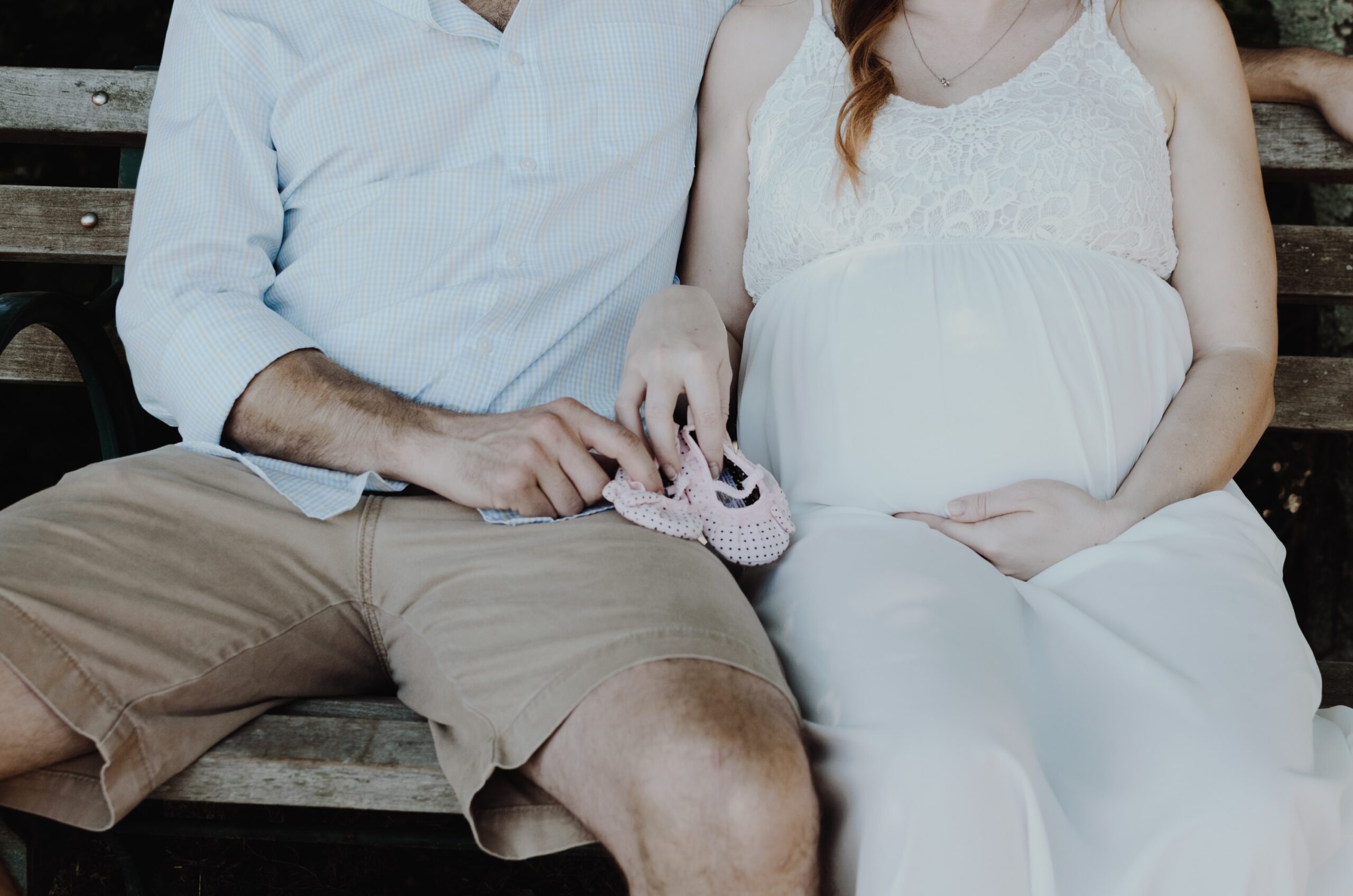Getting Answers
Unsightly varicose and spider veins affect approximately 20 percent of the population in the United States. Although women are predominantly affected, about 15-20 percent of the patients are male. Patients usually have two types of concerns regarding these veins. Cosmetic concerns often top the list. Many women are hesitant to wear skirts or bathing suits because of their dark veins and spiders. Patients are also significantly concerned about medical expenses, which cost our health industry about two billion dollars a year. Medical expenses include alleviating the formation of clots (phlebitis), bleeding and ulcers. Most patients also suffer from pain, night cramps, swelling and restless legs.
The primary cause of varicose veins and spiders are pregnancy and heredity. Many patients attribute the formation of the varicose veins to their first pregnancy, when the veins often first appear.
There are several reasons why pregnancy plays such an important role in the formation of varicose veins and spiders, with increased pressure in the pelvic region likely being the leading factor. This is why varicosities are most severe when having twins or very heavy babies. Increased blood volume from bigger births further dilates the vessels. Similarly, increased hormone levels, particularly progesterone, have a dilating effect on the wall of the veins, enlarging the leg veins even more. There is also a high tendency to develop blood clots called thrombophlebitis during pregnancy.
This so-called increased thrombogenecity may also be related to high hormone levels. Some women are more prone to this complication due to elevated levels of certain proteins, and may require aspirin and heparin throughout their pregnancy to avoid the complication. A simple blood test will determine whether a patient falls into this high-risk category or not.
Some pregnant women also develop significant varicose veins in the genital region that cause heaviness and even pain. The varicose veins could even cause bleeding during delivery; however, patients say, that the bleeding is usually a secondary issue in comparison to pressure from the pelvic veins during pregnancy.
If there is evidence of varicose veins prior to pregnancy in the lower extremity, then you should expect more rapid enlargements of such veins during pregnancy, especially during the last three months, with increased risk of phlebitis.
Seeking Treatment
Can anything be done to help the legs before delivery? The answer is yes, and most steps are quite simple to follow. The most important step is to avoid standing or sitting still for long periods of time. This rapidly elevates the pressure within varicose veins and also causes stagnation of blood flow. Merely walking a few steps or bending the foot at the ankle pumps the calf and immediately lowers the pressure in normal as well as abnormal veins, minimizing varicose vein symptoms.
The second step is to support the leg with a good, graduated support stocking. These stockings not only apply pressure over the dilated veins but also promote flow from the foot to the heart. If you have severe varicose veins, the pressure should be at least 30-40 mmhg. It can be in the form of panty hose or thigh-high stockings. If the veins are relatively minor, then a 20-30mmhg stocking may be enough. Wearing these stockings improves the pain, fatigue and swelling.
Women frequently ask whether it makes sense to treat varicose veins before pregnancy or leave them alone until after delivery. The common answer has been to wait until after delivery. The problem with this approach, however, is that a woman may experience complications during pregnancy. While complications may intensify varicose veins, the varicosities additionally often become much more severe during pregnancy.
In my medical practice, we have been treating all kinds of varicosities with an approach which needs no major anesthesia, creates virtually perfect legs and, most importantly, treats all the involved leaks responsible for the formation of varicose veins and spiders. This “Harvester Technique” allows patients to resume their activity immediately, returning to their typical daily schedule soon after the procedure. If you develop sudden pain and swelling during pregnancy, inform your physician immediately. Vericose veins may be unsightly and distressing, however, you should not feel helpless. Be vocal and take the steps you need to walk with more confidence and ease.




